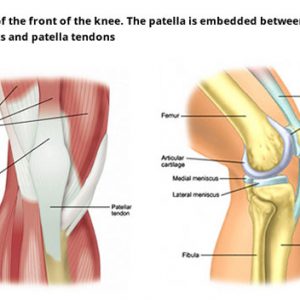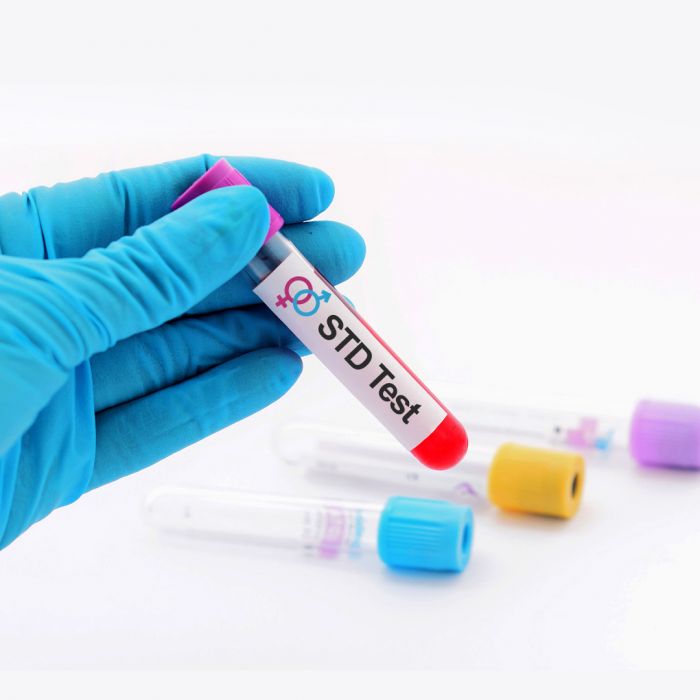Be the perfect patient? When an appointment is not available and you cannot wait for a later one, ask about your options. There are often urgent care centers or emergency rooms open that can serve you. The staff at the doctor’s office may be able to tell you which type of office to visit, as well as nearby options that accept your insurance. If you’ve followed step one then you have already been tracking symptoms. Writing this information down is a good way to ensure you do not forget. It also allows you to show your doctor your symptoms versus telling them. When presenting symptoms, think about the words you’ll use and try to be accurate. Announcing that you had a fever for two days can be misleading if you don’t provide additional details. For example, most physicians don’t consider a rise in temperature a fever until it reaches 100.4 degrees F. That’s because slight variations in temperature are normal and most thermometers have a small range allotted for error. Using information such as “low grade” or “high grade” when discussing fever is a good example of presenting your symptoms accurately. The same rule applies to all symptoms, and the more information you provide, the less follow-up questions your physician will need to ask.
The most common cause of back pain ? When back pain is chronic (i.e. lasts three months or more and occurs frequently), there is likely a more serious underlying issue that needs to be addressed. A disc problem is one of the most common causes of chronic lower back pain in adults and usually appears as a herniated disc in the lumbar or is caused by a degenerative disc disease. When a lumbar disc herniates, the inner portion of the disc breaks through the tough outer portion causing severe pain in the lumbar spine. The pain is caused by irritation of the nerves in the back, usually as the herniated disc creates swelling in the nerve roots. A degenerative disc disease occurs when the invertebral discs in the back begin to dehydrate over time. This causes the discs to wear down and become more susceptible to injury. Too much force on dehydrated discs can tear, weaken and become painful, often leading to a herniation.
Scoliosis is a medical condition in which the person’s spine curves sideways. This condition usually includes pain, uneven shoulders, and differing leg length. Adult scoliosis occurs when a person has reached spinal maturity. What is it scoliosis? Adult scoliosis is defined as a spinal deformity in a skeletally mature patient with a curvature of more than 10 degrees. When this curvature occurs, it can be accompanied by twisting or rotating of the spine as well, and the spine takes on the shape of an elongated “S”. Adult scoliosis can be classified into four major groups: Type 1- Primary degenerative scoliosis is caused by disc deterioration and/or facet joint arthritis. This condition causes back pain, and an asymmetrically change in the spinal column. Type 2- Idiopathic adolescent scoliosis that has progressed in adulthood. This may be the result of secondary degeneration and/or spinal imbalance, with or without a history of corrective spinal surgery. Type 3- Secondary adult curves a) resulting from a neuromuscular or joint abnormality causing a leg length discrepancy or hip pathology, or b) caused by metabolic bone disease (osteoporosis) combined with asymmetric arthritic disease and/or vertebral fractures. Patients that experience these symptoms predominantly complain of back pain, then leg pain and claudication symptoms (pain in the feet, calves, thighs, hips or buttocks with exercise) and numbness or tingling.
Long Beach Spine Surgeon, Dr. Yuan, uses surgical and non-surgical treatments to relieve chronic pain in the neck and back. Learn more about the top 5 causes of back pain. Dr. Yuan is a board certified Orthopedic Surgeon and fellowship trained spinal surgeon. He specializes in the treatment of all spinal disorders including issues with the neck and back. He treats conditions that affect the cervical, thoracic and lumbar spine utilizing both surgical and non-surgical interventions. Dr. Yuan emphasizes non-surgical treatment first and only recommends surgical procedures when absolutely necessary to better a patient’s quality of life. Find more details at Long Beach Spine Surgeon.
The SI joint absorbs stress experienced in the legs during running and transfers it to the spine. If the muscles are weak or not working optimally, the SI joint takes the brunt of the load. Tightened ligaments often due to arthritis or hormone changes commonly caused by pregnancy can put the SI joint at greater risk of dysfunction. To properly diagnose SI joint dysfunction, your doctor will have to do an examination. Symptoms are usually described as increased pain after running, standing from a seated position, walking up stairs or using other exercise equipment that stretches the muscles connected to the SI joint. Diagnoses often includes several types of imaging including x-ray, CT, a special type of CT called a SPECT and MRI, as well as fluoroscopically guided injections and sometimes lab work.




